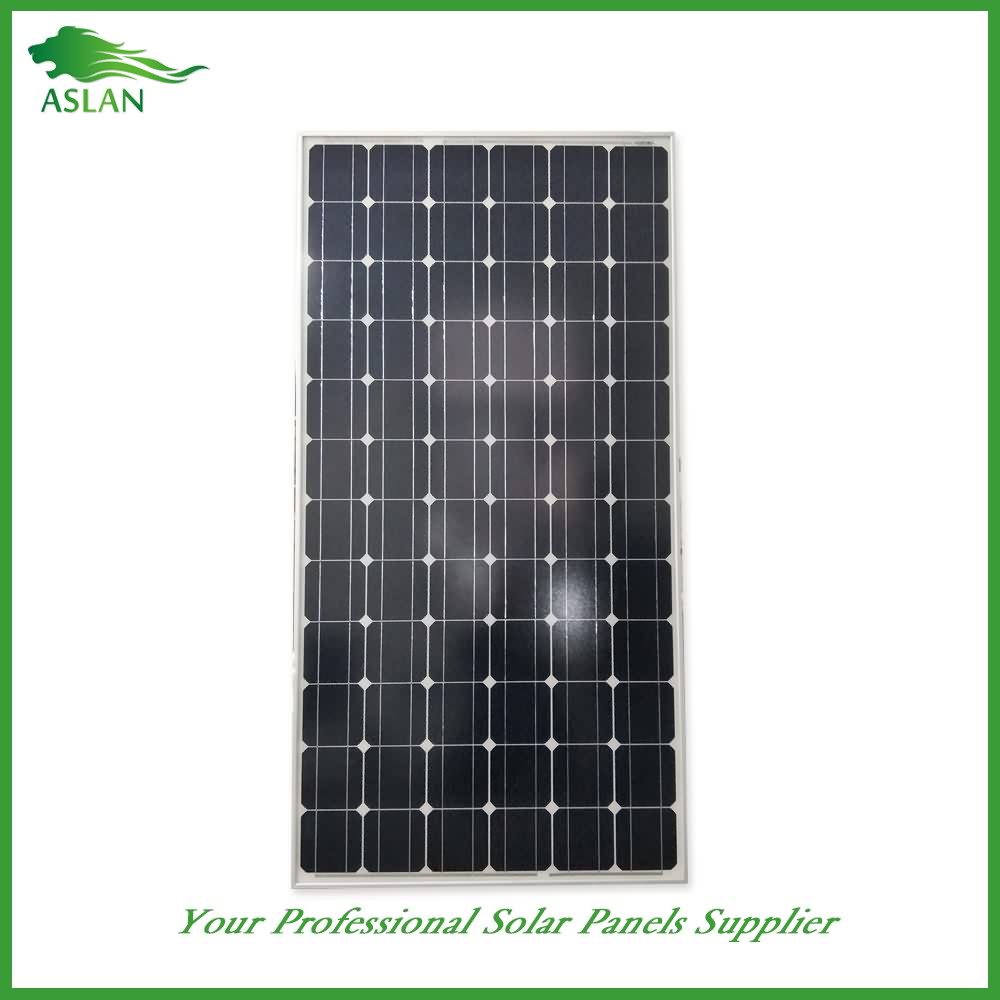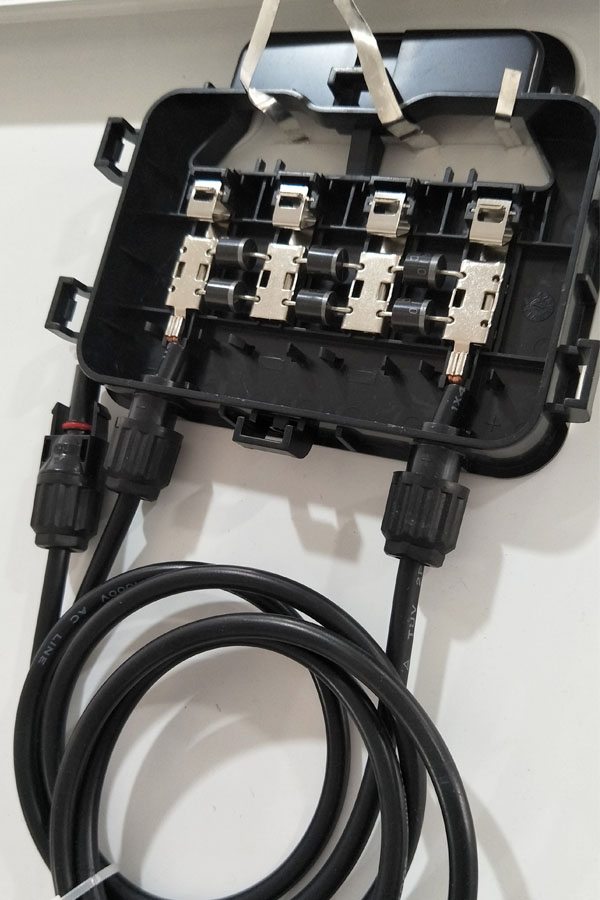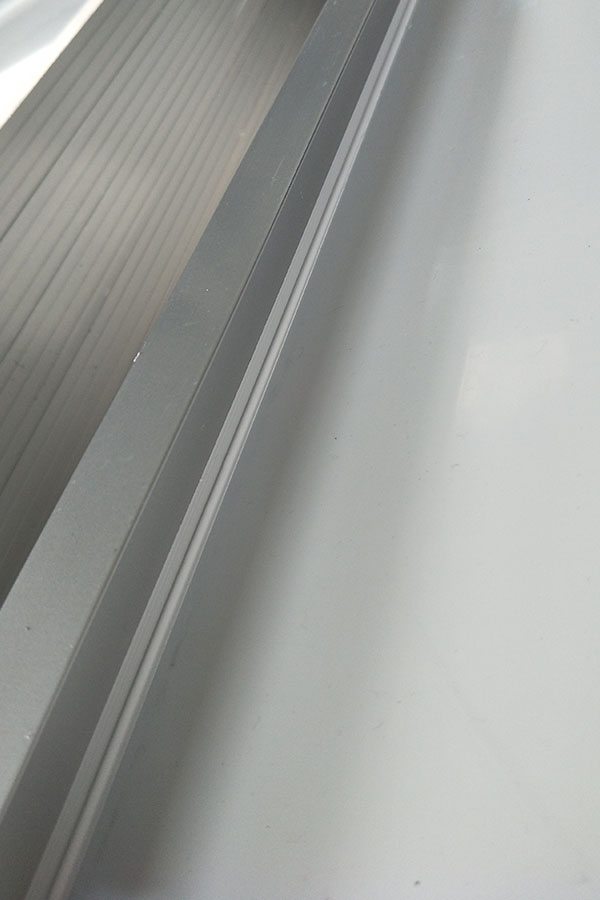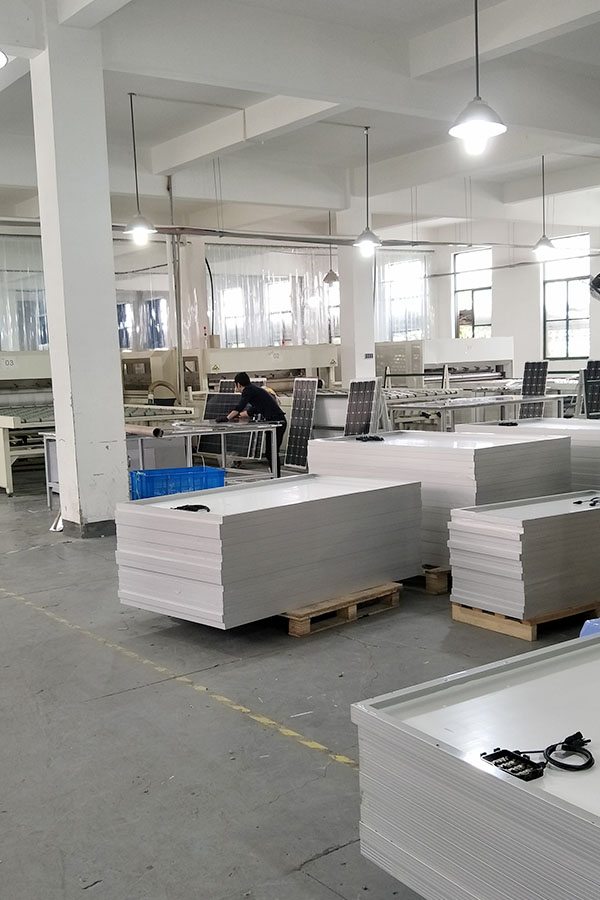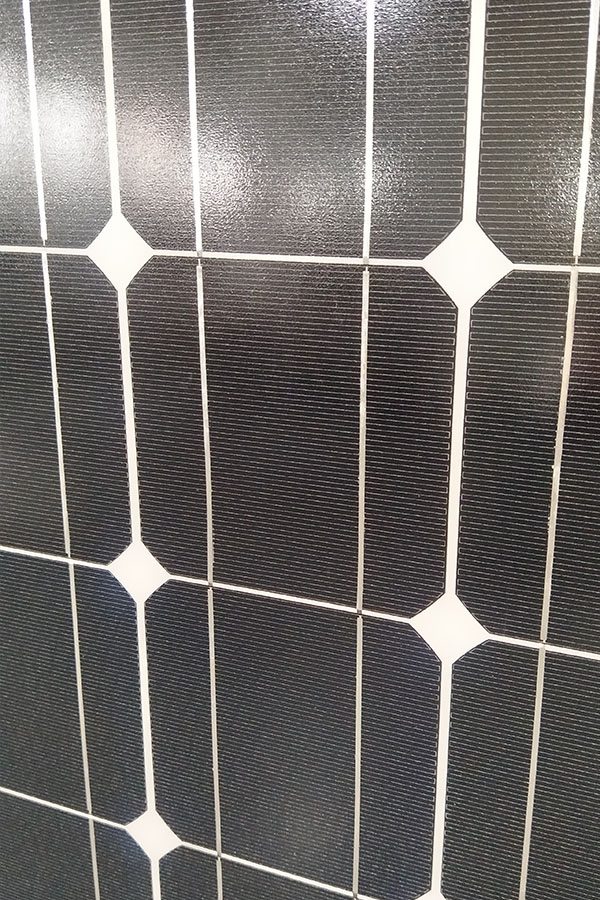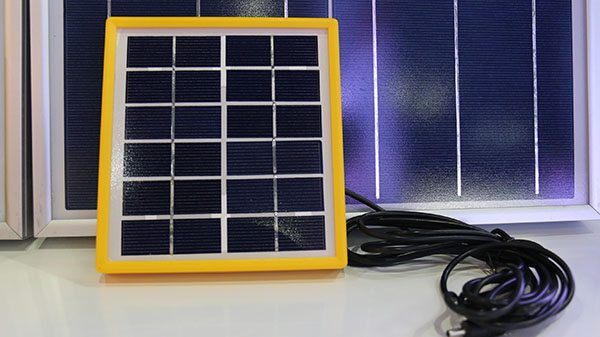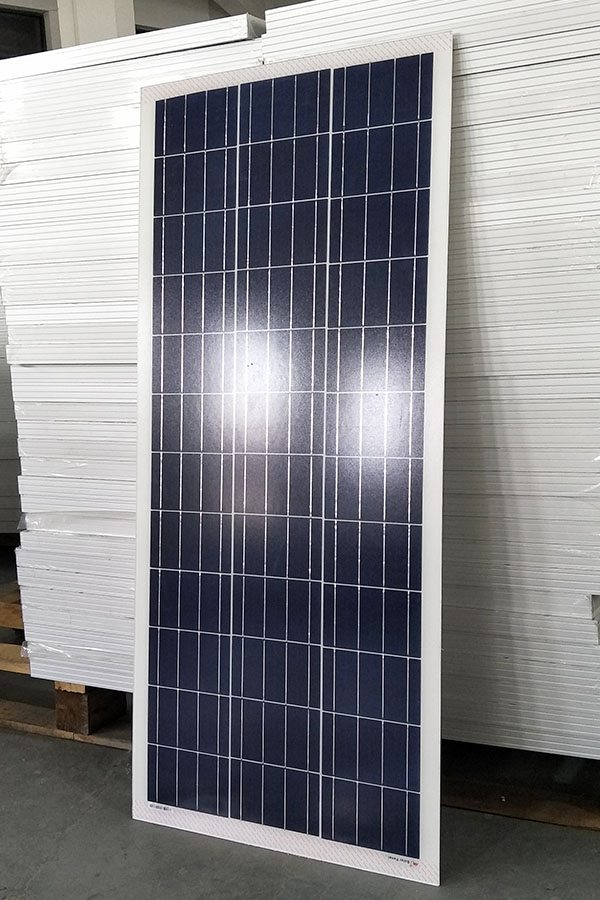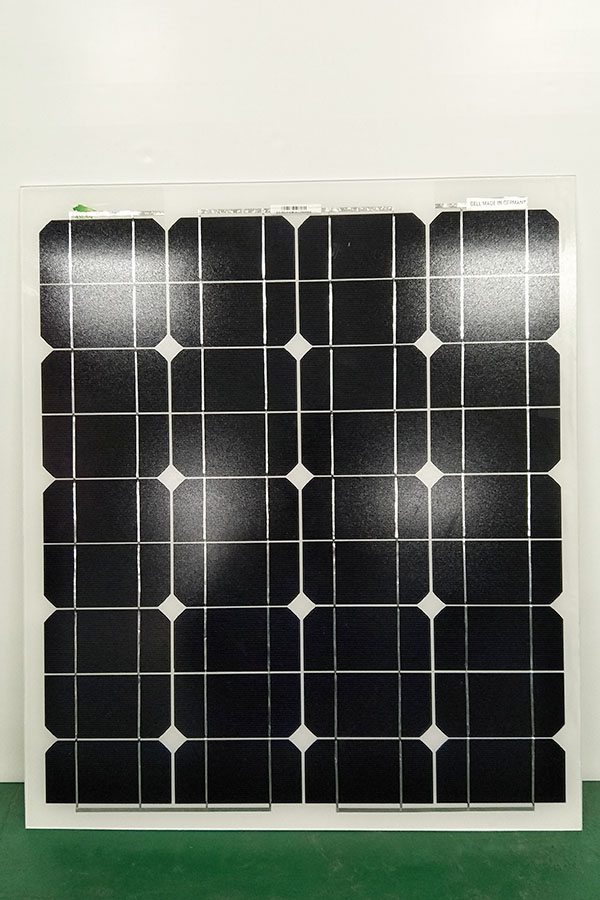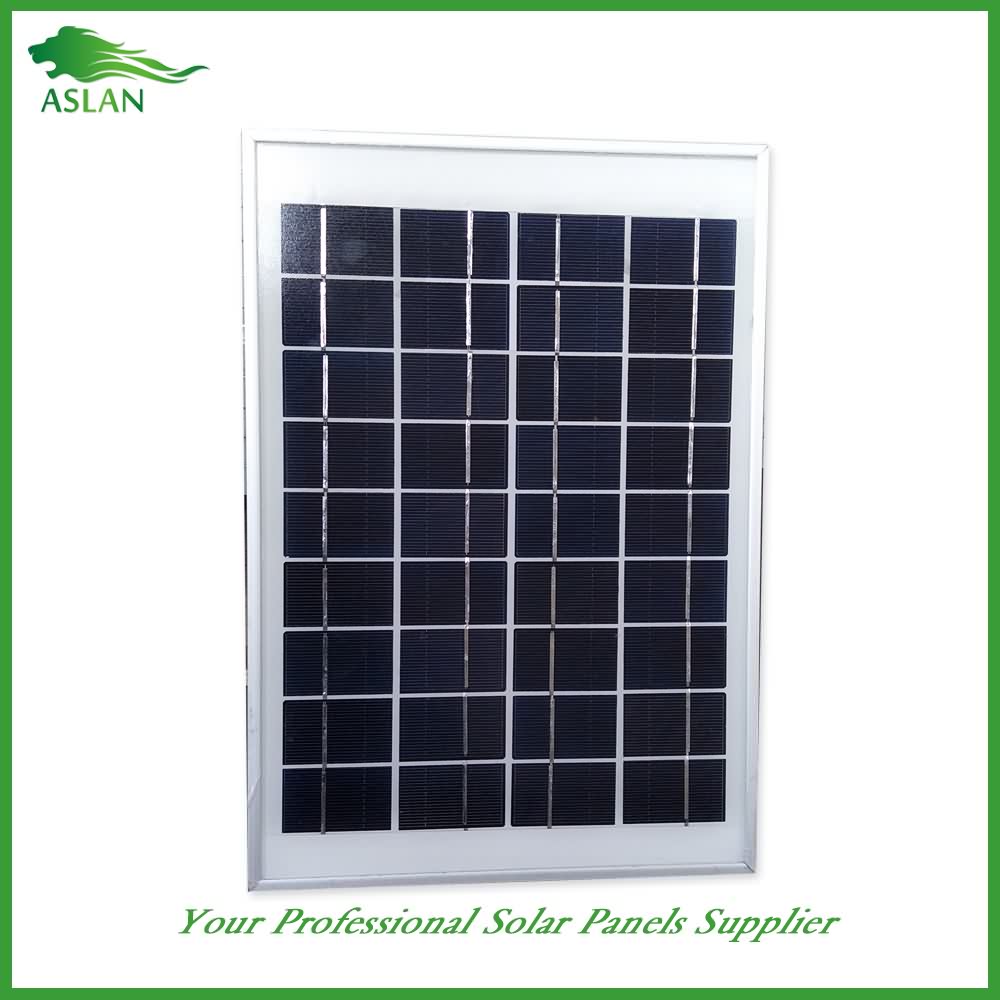16 Years manufacturer Mono-Crystalline 300W Solar Panel Namibia Importers
Short Description:
We rely upon strategic thinking, constant modernisation in all segments, technological advances and of course upon our employees that directly participate in our success for 16 Years manufacturer Mono-Crystalline 300W Solar Panel Namibia Importers, We will supply best quality, the most market competitive price, for every new and old customers with the most perfect green services.
Mono-Crystalline 300W Solar Panel
Technical parameter
Maximum Power(W) 300W
Optimum Power Voltage(Vmp) 37.45V
Optimum Operating Current(Imp) 8.15A
Open Circuit Voltage(Voc) 45.60V
Short Circuit Current(Isc) 8.91A
Mechanical Characteristics
Cell Type Monocrystalline 156x156mm (6 inch)
No of Cell 72 (6x12pcs)
Dimensions 1950x990x50mm
Weight 22.1Kg
Front Glass 3.2mm,High Transmission, Low Iron,Tempered Glass
Junction box IP65 Rated
Output Cable TUV 1×4.0mm2/UL12AWG,Length:900mm
Temperature and Coefficients
Operating Temperature(°C): -40°C ~ + 85°C
Maximum System Voltage: 600V(UL)/1000V(IEC) DC
Maximum Rated Current Series: 15A
Temperature Coefficients of Pmax: -0.47%
Temperature Coefficients of Voc: -0.389%
Temperature Coefficients of Isc: 0.057%
Nominal Operationg Cell Temperature (NOCT): 47+/-2°C
Materials of solar panel
1).Solar Cell——Mono-crystalline solar cell 156*156mm
2).Front Glass——-3.2mm, high transmission, low iron, tempered glass
3).EVA——-excellent anti-aging EVA
4).TPT——-TPT hot seal made of flame resistance
5).Frame——anodized aluminum profile
6).Junction Box——-IP65 rated, high quality, with diode protection
Superiority: high quality anodized aluminum frame, high efficiency long life, easy installation, strong wind resistance, strong hail resistance.
Features
1. High cell efficiency with quality silicon materials for long term output stability
2. Strictly quality control ensure the stability and reliability, totally 23 QC procedures
3. High transmittance low iron tempered glass with enhanced stiffness and impact resistance
4. Both Polycrystalline and Mono-crystalline
5. Excellent performance in harsh weather
6. Outstanding electrical performance under high temperature and low irradiance
Quality assurance testing
Thermal cycling test
Thermal shock test
Thermal/Freezing and high humidity cycling test
Electrical isolation test
Hail impact test
Mechanical, wind and twist loading test
Salt mist test
Light and water-exposure test
Moist carbon dioxide/sulphur dioxide
http://www.ibswi.com/electrical-services/solar-panel-installation/
Throughout history mankind has developed and advanced due to its discovery of new sources of energy such as fire and hydraulic power. Currently our advancement is hampered by the lack of new renewable energy sources that will allow us to grow while not polluting our planet. The U.S. consumes on average 18.89 million barrels of petroleum products on a daily basis. Solar energy has emerged as a potential alternative to fossil fuels, with rapid developments in the 21st century. Although there are limitations such as the need for solar exposure as well as the inability to store the electricity produced, solar cells currently provide clean energy with ever-increasing efficiency. Photovoltaics cells work due to the photoelectric effect in which certain materials absorb photons of light and release electrons. When these released electrons are captured an electric current is created. The photoelectric effect was first noted by French physicist Edmund Bequerel in 1839, but it was Albert Einstein in 1905 whose paper on the nature of light forms the basis of photovoltaic cells today. In 1908 a Carnegie Steel employee developed a solar collector that’s design is still roughly used today.
The most widely used material in modern solar cells is monocrystalline silicon. Grown using the Czochralski process, mono-Si has a continuous crystal structure free of grain boundaries, which allows it to more efficiently conduct electricity. The resulting crystal is cut into rectangular wafers which form the solar panels. Their longevity and efficiency make mono-Si cells the preferred material for capturing solar energy. Although gallium arsenide has emerged as a competitor, its high cost and novel development mean that is it currently used for research as opposed to widespread implementation. Monocrystalline silicon continues to be a forerunner in photovoltaic technology due to its uniform structure, which produces predictable behavior and decreased impurities.
http://www.eia.gov/tools/faqs/faq.cfm?id=427&t=3
http://solarenergy-usa.com/solar-info/solar-facts/
http://www.solar-facts-and-advice.com/monocrystalline.html
https://www1.eere.energy.gov/solar/pdfs/solar_timeline.pdf
http://www.solar-facts-and-advice.com/polycrystalline.html
http://arstechnica.com/science/2014/02/is-it-time-to-move-away-from-silicon-based-solar/
http://energyinformative.org/best-solar-panel-monocrystalline-polycrystalline-thin-film/
http://hyperphysics.phy-astr.gsu.edu/hbase/solids/sili2.html
http://www.pveducation.org/pvcdrom/manufacturing/single-crystalline-silicon
http://h2g2.com/edited_entry/A912151
http://www.tf.uni-kiel.de/matwis/amat/elmat_en/kap_6/illustr/i6_1_1.html
http://www.pcmag.com/encyclopedia/term/47578/n-type-silicon
http://www.tindosolar.com.au/poly-vs-mono-crystalline/
http://science.nasa.gov/science-news/science-at-nasa/2002/solarcells
Ghosh, Amal K, Tom Feng, and Charles Fishman. Heterostructure Single Crystal Silicon Photovoltaic Cell, Extension : Type A, Semiconductor Heterojunction Silicon Devices. [Washington]: Dept. of Energy , 1979.
Rea, Samuel N. Lsaa Large Area Silicon Sheet Task Continuous Czochralski Process Development.[Washington]: Dept. of Energy , 1978.
